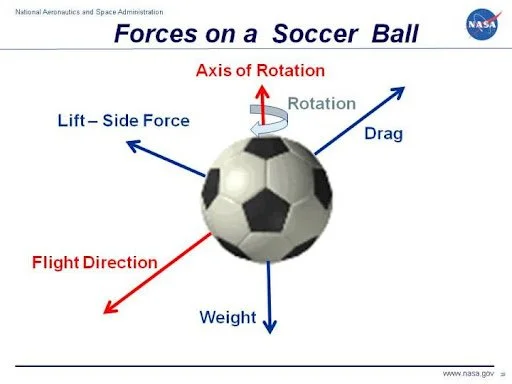Field Goal Physics
Kicking a field goal in football involves accuracy, distance, and height. Although the contact of the kicker's foot with the football is the visible result, the mechanism to complete this task involves physics.
A football is at rest before being hit by the kicker's foot; therefore, its kinetic energy is zero. The kicker runs forward with straight motion so linear kinetic energy is used before the collision. The football's path immediately after it is hit by the foot involves simple straight-line motion; thus, the ball's kinetic energy is linear. The kinetic energy of the kicker's leg is the most complicated form of kinetic energy because it involves rotational kinetic energy of the kicker's leg rotating about its hip joint and linear kinetic energy as the kicker's leg travels with the kicker as he continues to run in straight-line motion after the collision.
Although other appropriate numbers can be used to calculate various parameters of the field goal kick, if the above numbers are inserted into appropriate equations, the football's speed immediately after being kicked is about 126 ft (38.4 m) per second, or 93 mi (150 km) per hour.


